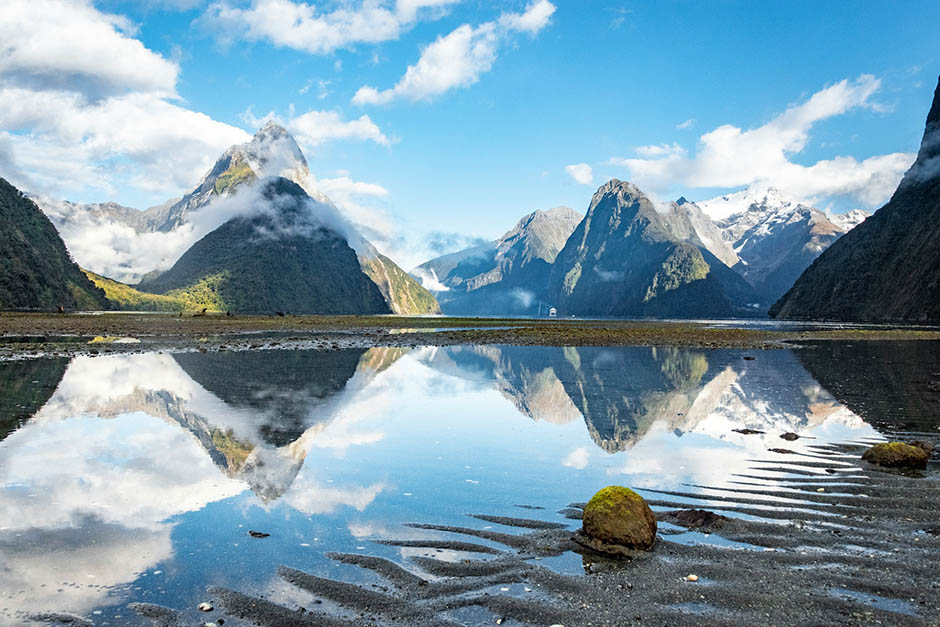
As visitor numbers to Milford Sound rise, so does the pressure on the natural environment and limited infrastructure, Milford Opportunities Board Chair Jenn Bestwick says.
Significant changes to a “jewel in the New Zealand tourism crown” including proposing an international access fee and weaving Ngai Tahu’s story into the experience aim to make tourism experiences more regenerative, Milford Opportunities Board Chair Jenn Bestwick says.
Ms Bestwick gave the public lecture at the University of Otago Business School’s Tourism Policy School in Queenstown yesterday.
She spoke about the need to better manage Piopiotahi/Milford Sound as a taonga, while ensuring its legacy is preserved and connection to place, biodiversity, landscapes and people remain central to its tourism reputation.
“Stunning, healthy, natural landscapes are at the core of the Milford Sound’s status as a jewel in the New Zealand tourism crown and anchor the area’s tourism economy and its communities,” she says.
Piopiotahi is a popular destination for international and local visitors.
However, as visitor numbers rose so did the pressure on the natural environment and limited infrastructure. This is not a new or unique challenge and has been felt by other tourist destinations around Aotearoa and the world.
Some of the main challenges include aging and ad hoc infrastructure, transport congestion, visitor risks, an unrecognised cultural story, fragmented governance system, a funding deficit, and an environment that is under stress due to tourism growth, she says.
“While people continue to have fantastic experiences here currently, with increased numbers predicted, new thinking is required to deliver a more regenerative tourism system where visitors make a greater contribution to the nature and infrastructure they enjoy.”
One of the proposed ways of doing this is introducing an international access fee.
It would place a higher value on visiting Piopiotahi, as many visitors want to contribute appropriately to the places they visit, she says.
The plan also aims to encourage people to travel to the area via bus or guided tour, where possible, rather than taking a private car and to spread visitation to avoid peak times.
“It would protect the peaceful natural environment and offer a far safer, richer and more environmentally-friendly option for visitors.
“However, how we achieve this with minimal impact on the needs of locals, workers and recreational users such as hunters, walkers and climbers is key and not an easy balance to achieve.”
As more visitors are expected, there is a need to balance this growth with maintaining a “world-class” experience.
Currently, cultural stories are not recognised but Ms Bestwick says Ngāi Tahu’s story and presence will significantly enhance the experience. Research shows it is what visitors want and customers expect.
“The master plan is clear that mana whenua values must be woven throughout.”
While change is never simple or easy, it is needed as visitors are forecast to reach one million in the next few years, she says.
“Combined with better access, a greater cultural footprint and targeted activities to enhance and slow down the journey, there’s an opportunity to develop a regenerative and world-class attraction that will be enjoyed by generations to come.”
The plan will be presented to Ministers for their consideration in a few months. The project is currently undertaking targeted engagement with stakeholders and subject matter experts but welcomes all those who wish to provide feedback to get in touch.
The sixth annual Tourism Policy School is a two-day event which fosters conversations between people across the tourism industry, from local business owners and community leaders to national policymakers and researchers.
This year’s theme is ‘Connecting the Dots: Fostering a cohesive and connected tourism system’.
